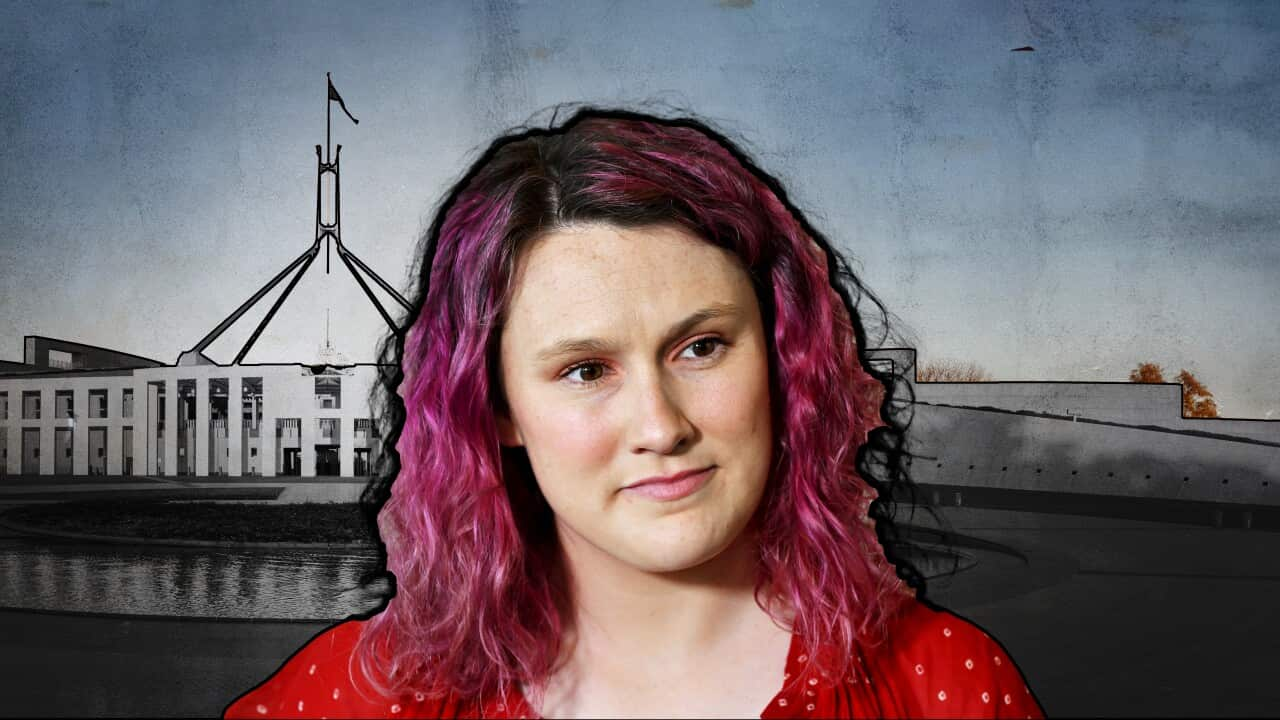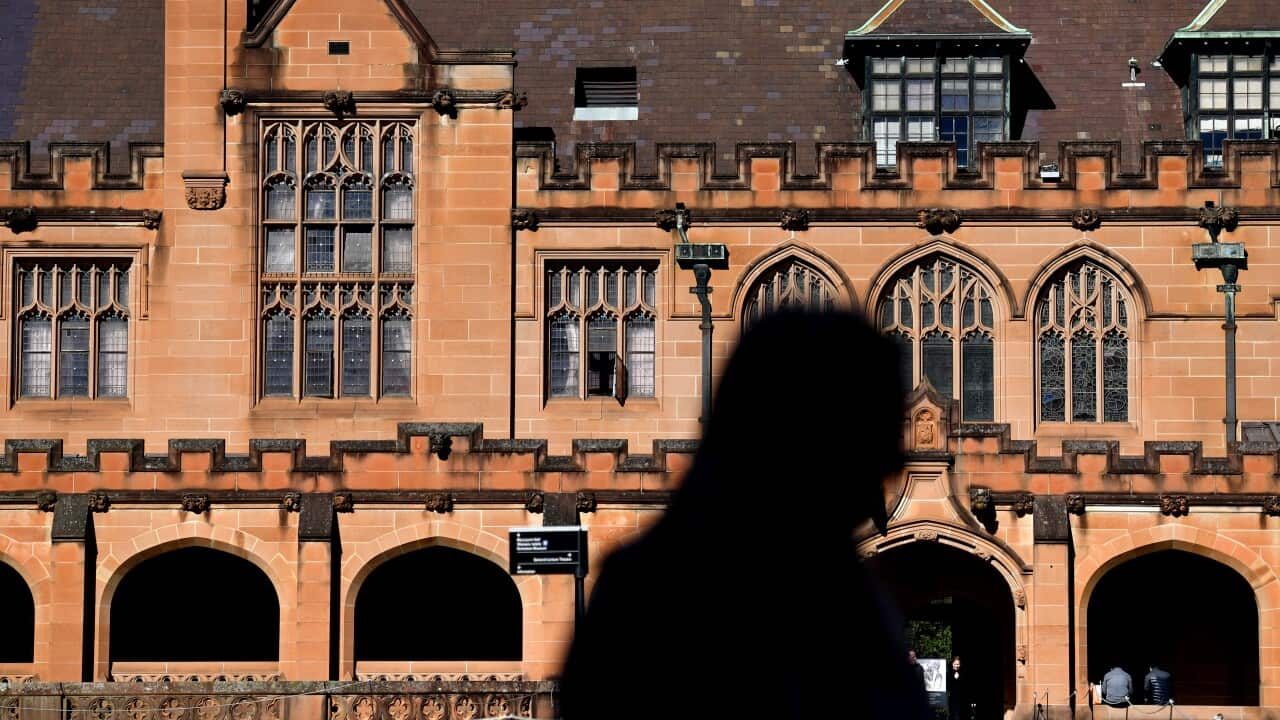Key Points
- It's been 10 years since Victoria criminalised image-based sexual abuse.
- New affirmative consent rules are set to kick in to tackle the rise in image-based sexual abuse.
- Digitally created images, like deepfake pornography, fall under the definition of an intimate image under the reforms.
This article contains references to sexual abuse.
The number of women targeted with image-based abuse in Victoria continues to rise almost a decade after the act was criminalised.
Experts say the form of sexual violence also continues to go under-reported despite perpetrators often using the material as a means to control or blackmail their targets.
coming into effect on Sunday will mean perpetrators face tougher penalties for image-based sexual abuse.
Digitally created images - such as deepfake pornography - also fall under the definition of an intimate image under the reforms.
The number of perpetrators who have faced court for distributing intimate images without consent has risen since the initial 2014 law change, with almost 40 charged between April 2015 and March 2016 and almost 100 between April 2022 and March this year.
In 2021-22, 107 people were arrested over alleged image-based sexual abuse, while the following year more than 100 received cautions, warnings or otherwise avoided charges for distributing intimate images without consent, according to Crime Statistics Agency data.
The number of people charged with threatening to distribute images has also risen.
Sexual Assault Services Victoria chief executive Kathleen Maltzahn said research showed perpetrators used this form of sexual violence to exert coercive control, improve their social status, get a sexual thrill or blackmail others.
"We know with sexual violence, generally, that it's a tremendously under-reported crime and we expect that to be the same for sharing of intimate images," she told AAP.
"Not everyone understands it as a crime and as being the perpetrator's fault.
"We really do need prompt community education about this."
Fewer than one in 10 sexual assault victim-survivors report their abuse to police, while only one-quarter of police reports result in charges, according to Sexual Assault Services Victoria.
A further 10 per cent of cases end before they go to trial.
What are the new changes?
The legislative changes kicking in on Sunday cement an affirmative consent model in Victoria, shifting scrutiny off survivors and back onto perpetrators of sexual violence.
Under the reforms, people must actively seek consent from sexual partners when they are involved in a sexual activity and consent must be given freely and voluntarily.
Maltzahn said the laws could be a game-changer, but they risked failing if the Andrews government did not adopt a suite of recommendations from the Victorian Law Reform Commission's 2021 report into improving the justice response to sexual offences.
They included better education and training for legal professionals and the broader community, independent advocates for victim-survivors from the moment they reported sexual violence and adequate funding for specialist sexual assault services.
A Victorian government spokeswoman said the affirmative consent laws were a crucial step in stopping violence against women.
READ MORE

Can you spot a 'deepfake'?
"But we know there's always more work to be done and we'll always consider more ways we can challenge the harmful behaviours, attitudes and assumptions that lead to sexual violence," she said.
A federal Senate committee is investigating the merits of all Australian jurisdictions switching to an affirmative consent model, with Western Australia, South Australia and the Northern Territory all yet to adopt relevant laws.
If you or someone you know is impacted by sexual assault, call 1800RESPECT on 1800 737 732 or visit . In an emergency, call 000.













